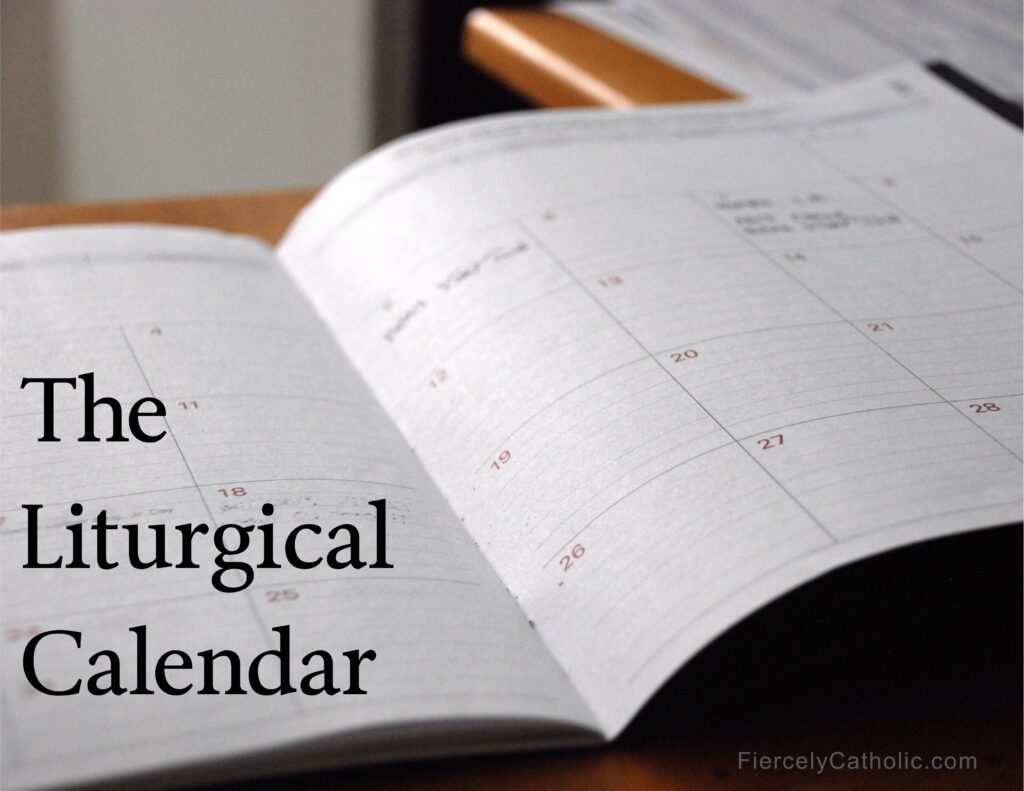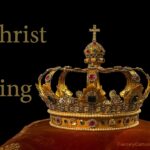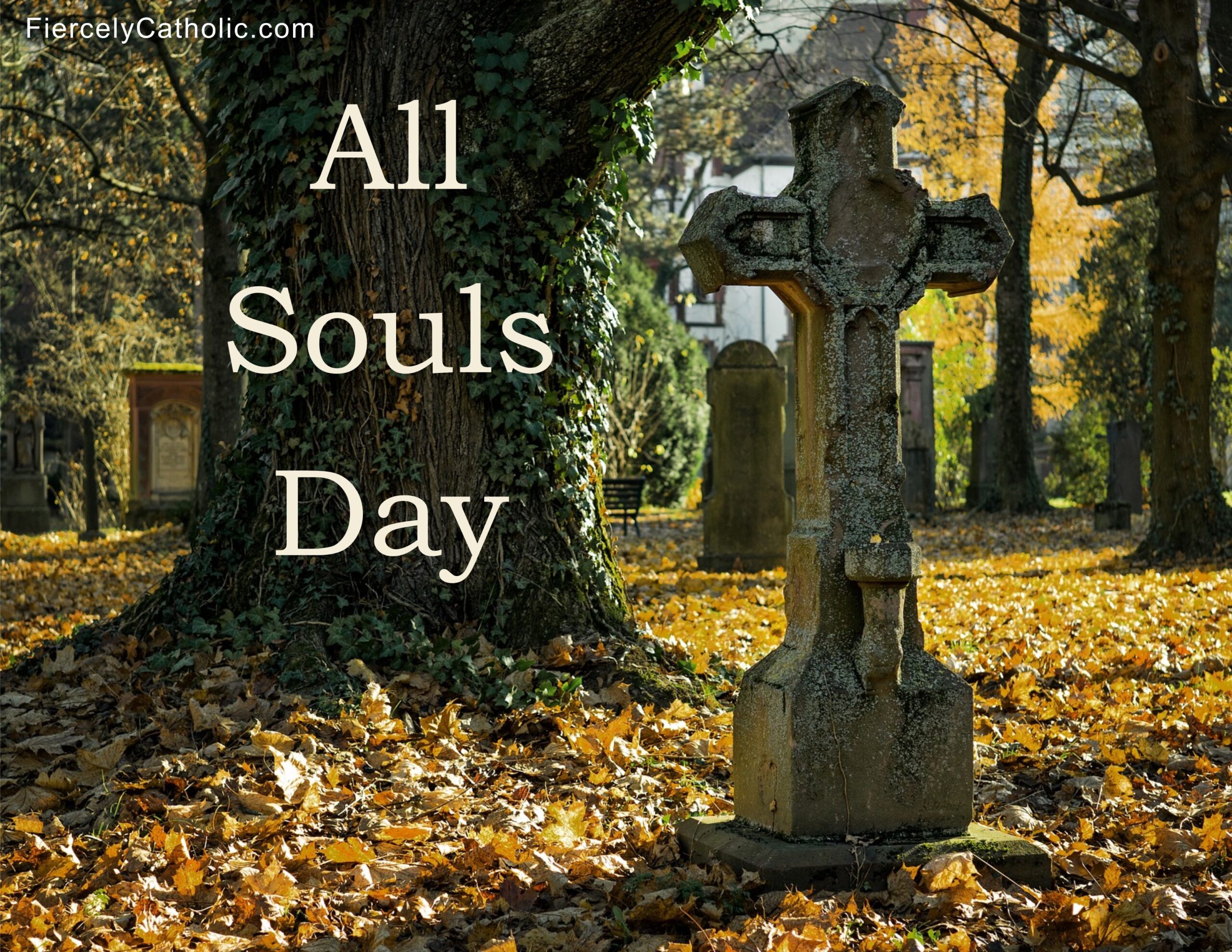
The calendar of the Catholic Church consists of a cycle of seasons that moves us to a deeper knowledge and a closer relationship with God.
Each and every year, this unique calendar presents the mystery of Jesus’ life and allows us to discover new aspects of it so that we can make it part of our life.
The liturgical calendar consists of six seasons, beginning with Advent and ending with Ordinary Time the week after the Solemnity of Christ the King.
Every day of the Church year has a special significance, with Solemnities, Feasts, and Memorials having even more emphasis.
The readings, the music, the prayers, and even the colors at the Mass are distinct for each liturgical season.
The liturgical calendar helps us celebrate the entire mystery of Jesus:
We cannot look at the whole mystery of God all at once:
Deepening, increasing, and celebrating the Catholic faith:
Following the teaching of the holy Fathers and the firm tradition of the Catholic Church, these Popes rightly thought that the unfolding of the liturgical year is not just a commemoration of the actions by which Jesus Christ, by dying, has brought about our salvation. Nor, according to them is this unfolding merely a commemoration of past events so that the faithful, even the more simple, might be instructed and nourished by meditating on them. They also taught that the celebration of the liturgical year “enjoys a sacramental force and a particular efficaciousness to nourish the Christian life.” We Ourselves think and teach the same.
Pope Paul VI, Mysterii Paschalis, February 14, 1969
What are the seasons of the Catholic Church?:
Each day is made holy through the liturgical celebrations of the Church:
For everything there is a season, and a time for every matter under heaven: a time to be born, and a time to die; a time to plant, and a time to pluck up what is planted; a time to kill, and a time to heal; a time to break down, and a time to build up; a time to weep, and a time to laugh; a time to mourn, and a time to dance; a time to cast away stones, and a time to gather stones together; a time to embrace, and a time to refrain from embracing; a time to seek, and a time to lose; a time to keep, and a time to cast away; a time to rend, and a time to sew; a time to keep silence, and a time to speak; a time to love, and a time to hate; a time for war, and a time for peace.
Ecclesiastes 3: 1-8
The Church tells us when it’s time:
The Church marks time differently because we live our lives differently:
From the time of the Mosaic law, the People of God have observed fixed feasts, beginning with Passover, to commemorate the astonishing actions of the Savior God, to give him thanks for them, to perpetuate their remembrance, and to teach new generations to conform their conduct to them. In the age of the Church, between the Passover of Christ already accomplished once for all, and its consummation in the kingdom of God, the liturgy celebrated on fixed days bears the imprint of the newness of the mystery of Christ.
Catechism of the Catholic Church 1164
The Jewish worship calendar influenced this useful Catholic Tradition:
The Truth, Goodness, and Beauty of the Catholic Church
Encountering Jesus and living like Him:
Share this page with friends and family to start a conversation about your faith.
Don’t miss a post. Learn more about the Catholic Church and strengthen your Catholic faith.
Find more Fiercely Catholic video issues here.
Subscribe here.


